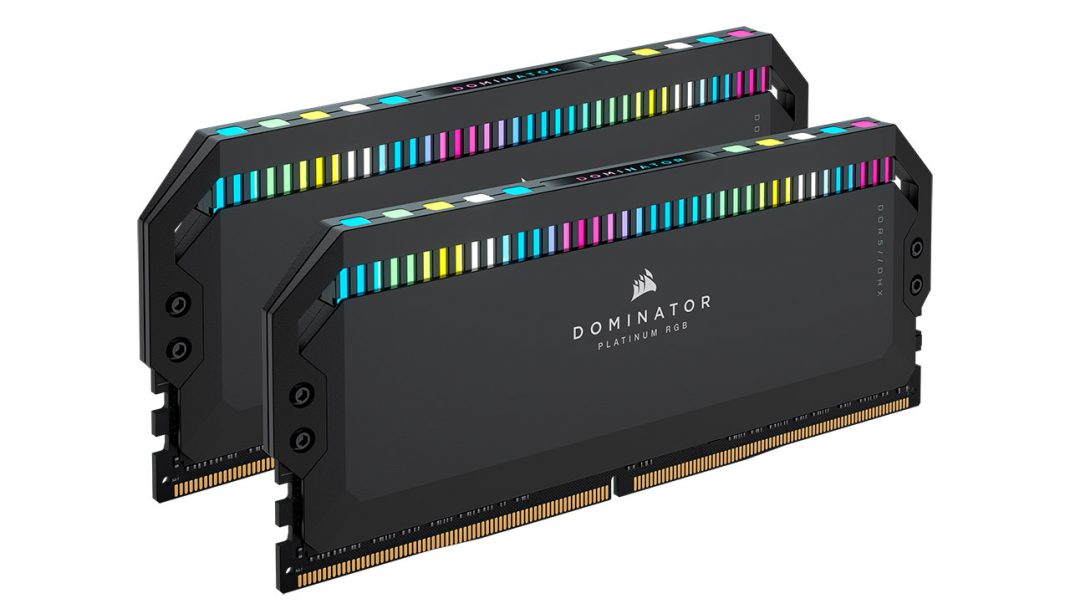RAM (Random Access Memory) is an essential component of any computer system. It plays a crucial role in how efficiently a computer can process and store data. DDR3 (Double Data Rate 3) RAM has been a popular choice for many years. However, with the advent of DDR4 (Double Data Rate 4) RAM, many people are wondering if it’s worth upgrading. In this article, we will examine whether DDR4 RAM is indeed better than DDR3 RAM.
Firstly, DDR4 RAM has a higher bandwidth than DDR3 RAM. Bandwidth refers to the amount of data that can be transferred between the RAM and the CPU (Central Processing Unit) in a given amount of time. DDR4 RAM has a minimum bandwidth of 2133 MHz, while DDR3 RAM has a minimum bandwidth of 800 MHz. This means that DDR4 RAM can transfer more data at a faster rate, which can lead to improved system performance. Applications that require large amounts of data, such as video editing or gaming, can benefit significantly from DDR4 RAM’s increased bandwidth.
Secondly, DDR4 RAM is more energy-efficient than DDR3 RAM. DDR4 RAM requires a lower voltage (1.2V) than DDR3 RAM (1.5V). This lower voltage requirement means that DDR4 RAM uses less power and generates less heat, resulting in lower power consumption and a cooler running system. Lower power consumption also means that your system’s battery life can be extended, making it ideal for portable devices such as laptops and tablets.
Thirdly, DDR4 RAM has a higher density than DDR3 RAM. Density refers to the amount of memory that can be stored on a single RAM module. DDR4 RAM can store up to 16GB of memory per module, while DDR3 RAM can only store up to 8GB. This means that DDR4 RAM can store more memory, allowing for more applications to be run simultaneously without the need for swapping between the hard disk and RAM. This can result in a more responsive system and faster loading times for applications.
Fourthly, DDR4 RAM supports error-correcting code (ECC) memory. ECC memory can detect and correct errors that occur during data storage and retrieval. This feature is particularly important for servers, as it can help prevent system crashes and data corruption. ECC memory is not available on DDR3 RAM.
Finally, DDR4 RAM is more future-proof than DDR3 RAM. DDR4 RAM is the latest RAM technology and is designed to support future developments in hardware and software. While DDR3 RAM is still supported by many current systems, it is slowly being phased out in favor of DDR4 RAM. As newer hardware and software are released, they may require DDR4 RAM to function optimally. By upgrading to DDR4 RAM, you can future-proof your system and ensure that it can handle any new developments that come its way.
In conclusion, DDR4 RAM is indeed better than DDR3 RAM. It has a higher bandwidth, is more energy-efficient, has a higher density, supports error-correcting code memory, and is more future-proof. While DDR3 RAM is still a viable option for many systems, it is slowly being phased out in favor of DDR4 RAM. If you are considering upgrading your system’s RAM, DDR4 RAM is the way to go. It offers significant improvements in performance and efficiency that are well worth the investment. Whether you’re a gamer, a video editor, or a business user, DDR4 RAM can help take your system to the next level.






